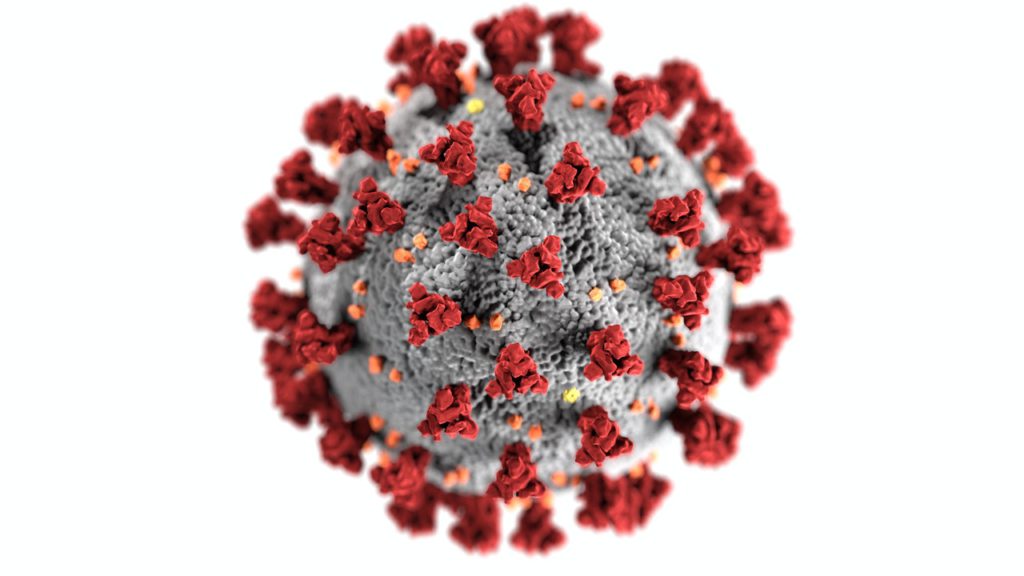
Even if you are vaccinated and have a much lower chance of contracting COVID-19, the Omicron variant has presented new challenges and renewed the ones we thought were behind us. Omicron, which now represents the majority of COVID diagnoses in the United States, has some different symptoms compared to previous variants, but is even more contagious.
There are many reasons to continue testing for the virus. You may have symptoms of COVID. Or you may feel fine but need to take the test as a precaution to protect high-risk individuals or as a prerequisite for travel. Omicron, especially in those who are vaccinated and boosted, has a greater likelihood of producing no or mild symptoms. This means you have a greater chance of testing positive even if you have mild or no symptoms, at which point you may wonder what you should do.
Here’s our guide for what to do after testing positive after covid 19.
What to Do After Testing Positive for COVID-19
If you have received a positive test result for COVID-19, you may feel frightened not only for yourself but for the family, friends, and co-workers you have recently come in contact with. It’s important to stay calm and follow a game plan after you receive your positive test, which we have laid out in this list of steps.
Isolate yourself
Even if you are not displaying symptoms, a positive COVID test makes it imperative for you to isolate yourself from others. This applies equally to those who are vaccinated and those who are not.You may wonder what exactly “isolation” means, so here are the main guidelines:
- Stay in your house unless absolutely necessary
- Maintain distance from anyone you share your living space with, including pets
- Assign a bathroom that only you will use and stay alone in a room, if possible
- Refrain from sharing any common items, like bathroom towels or cups
- Wear your mask whenever you are outside your room, even if no one else is around, and always cover your mouth when you sneeze or cough
It’s important not only to make sure that you stay physically away from others, but that you prevent the virus from getting into the common air of the house as much as possible.
Contact others you have seen recently
You are not the only person affected by your positive COVID test. If you have seen others recently, you need to contact them to let them know that you have tested positive because they should get a test as well. Even several days before you become symptomatic, you are contagious.
Prioritize contacting those that you have seen for more than 15 minutes at a distance of 6 feet or less.
Monitor the severity of symptoms
Though most people will not get severely ill from a COVID-19 infection, some will, even those who are vaccinated. Monitor the severity of your symptoms and seek emergency medical help immediately if you experience:
- Breathing difficulties
- Narcolepsy
- Chest pain
- Lips turning blue
Contact your doctor
Contacting your doctor is important, especially if you are experiencing symptoms. Your physician can give you recommendations, update you on your quarantine timeline, inform you on how to report your positive result to your health department, and schedule your re-testing.
Retest and continue isolation
You should wait a certain number of days before retesting depending on your symptoms, explained below. Even if you test negative, remember that since false negatives are still possible, continue exercising precautions for the next 5 days, including avoiding restaurants, wearing your mask in public at all times, avoiding immunocompromised and elderly people, and refraining from traveling.
- If you never experience any symptoms, your isolation should last 5 days after you received your positive test
- Continue wearing a mask in public for 5 additional days
- Schedule an antigen test, which can confirm your negative COVID-19 status
- If this test is still positive, isolate for an additional 5 days
- If you experience mild symptoms, the timeline is similar, except that after your 5 days of isolation you need to monitor your symptoms. If your fever is gone and your cough, congestion, or loss of smell are improving, you may leave isolation while continuing to wear a mask around other people
- If you are asymptomatic when you receive your positive test result but become symptomatic later, it’s important to treat the first day of your symptoms as the first day of isolation, counting up to 5, not counting from the day of your test
- If you experience severe symptoms, including shortness of breath, tightness in your chest, headache, nausea, and more, you will likely need at least 10-20 days of isolation and can only end it after approval from a doctor.
The Takeaway
While it can be scary to receive a positive test result for COVID-19, with the right isolation and testing procedures, you can do your best to ensure that no one else gets sick. This list of 5 things is not exhaustive, but it can help you prepare your home, your family, and yourself for the days or weeks of isolation and caution ahead. Thankfully, most people recover from COVID-19 infections. Remember that the vaccine is still the best method available for not only preventing infection but reducing its severity.
Speedy Sticks is a mobile concierge phlebotomy service that provides at-home blood draws and on-site diagnostic/health screenings for businesses and individuals. One of these tests is a COVID-19 test which can be performed by one of our specialists. Book an appointment today to find out whether you or a family member has COVID-19.
*This content is for informational purposes only and is not meant to replace consulting with a healthcare professional. Please consult with your primary care physician or healthcare provider before engaging in any services offered by Speedy Sticks.





